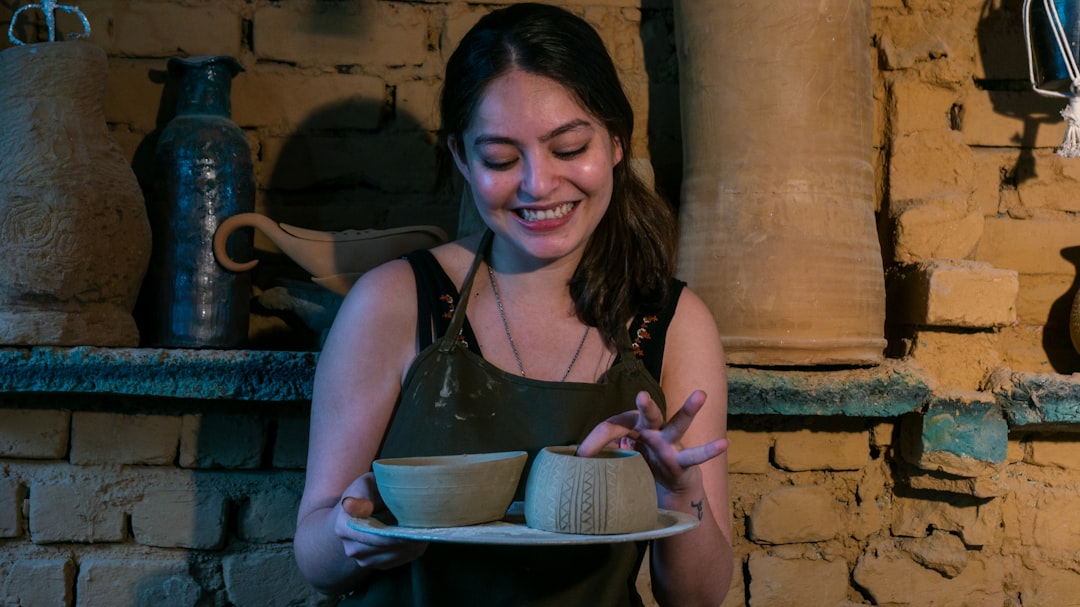Container gardening offers flexibility and convenience, but choosing the right containers is essential for plant health and growth. The type of container you use affects root development, moisture retention, and overall plant success. In this guide, we’ll explore the different materials, sizes, and drainage options to help you select the best containers for your plants.
Container Materials: Pros and Cons
The material of a container affects its weight, durability, and ability to retain moisture. Here are the most common options:
1. Terracotta and Clay Pots
-
Pros: Porous material allows air and moisture movement, preventing root rot; classic aesthetic.
-
Cons: Heavy and breakable; dries out quickly in hot weather.
-
Best For: Mediterranean plants, succulents, herbs, and plants that prefer drier soil.
2. Plastic Containers
-
Pros: Lightweight, inexpensive, retains moisture well, available in various sizes and colors.
-
Cons: Can degrade over time due to sun exposure; less breathable than clay.
-
Best For: Moisture-loving plants like ferns, basil, and lettuce.
3. Ceramic Pots (Glazed Clay)
-
Pros: Retains moisture better than terracotta; attractive designs and colors.
-
Cons: Heavy and prone to cracking in cold temperatures.
-
Best For: Decorative indoor plants, orchids, and flowering plants.
4. Wooden Planters
-
Pros: Natural look, good insulation for roots, can be built in custom sizes.
-
Cons: Prone to rot if not treated; may need liners to prevent water damage.
-
Best For: Vegetables, shrubs, and perennials.
5. Metal Containers
-
Pros: Durable, modern aesthetic, often repurposed for creative gardening.
-
Cons: Can heat up quickly in direct sunlight; may rust over time.
-
Best For: Hardy plants, decorative gardens, and urban settings.
6. Fabric Grow Bags
-
Pros: Excellent aeration and drainage, prevents root circling, lightweight and portable.
-
Cons: Requires frequent watering; not as visually appealing as other options.
-
Best For: Root vegetables, tomatoes, and fast-growing crops.
Choosing the Right Size for Your Plants
The size of the container determines how much space roots have to grow and affects the plant’s stability and hydration.
-
Small Containers (4-6 inches): Ideal for herbs, succulents, and small flowers.
-
Medium Containers (8-12 inches): Suitable for leafy greens, small shrubs, and compact vegetables.
-
Large Containers (14-24 inches or more): Best for fruiting plants (tomatoes, peppers), root vegetables, and small trees.
-
Deep Containers: Needed for plants with deep roots like carrots, potatoes, and roses.
Drainage: A Critical Factor for Plant Health
Proper drainage is essential to prevent root rot and ensure healthy plant growth. Consider these tips:
-
Drainage Holes: Ensure pots have holes at the bottom to allow excess water to escape.
-
Adding Gravel or Sand: Helps prevent soil from clogging drainage holes.
-
Self-Watering Containers: Ideal for busy gardeners or plants that need consistent moisture.
-
Using Liners: Wooden or metal containers can benefit from plastic liners to improve water retention while preventing decay or rust.
Conclusion
Choosing the right container involves considering the material, size, and drainage needs of your plants. Whether you prefer classic terracotta, modern plastic, or eco-friendly grow bags, selecting the right pot will help your plants thrive. Understanding these factors ensures you create the perfect growing conditions for your container garden, no matter where you live.

Comments
No comments yet. Be the first to comment!
You must be logged in to comment. Login